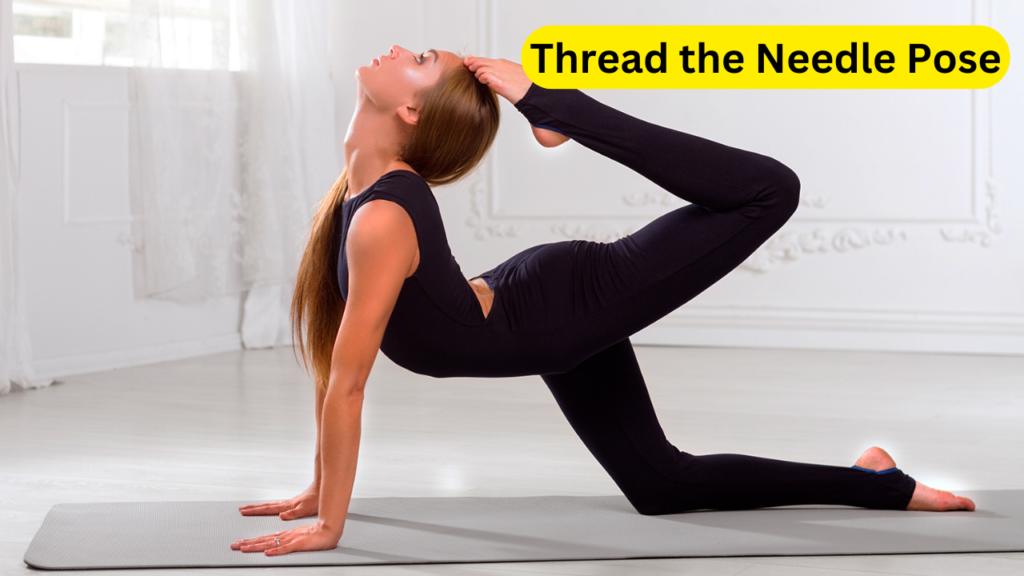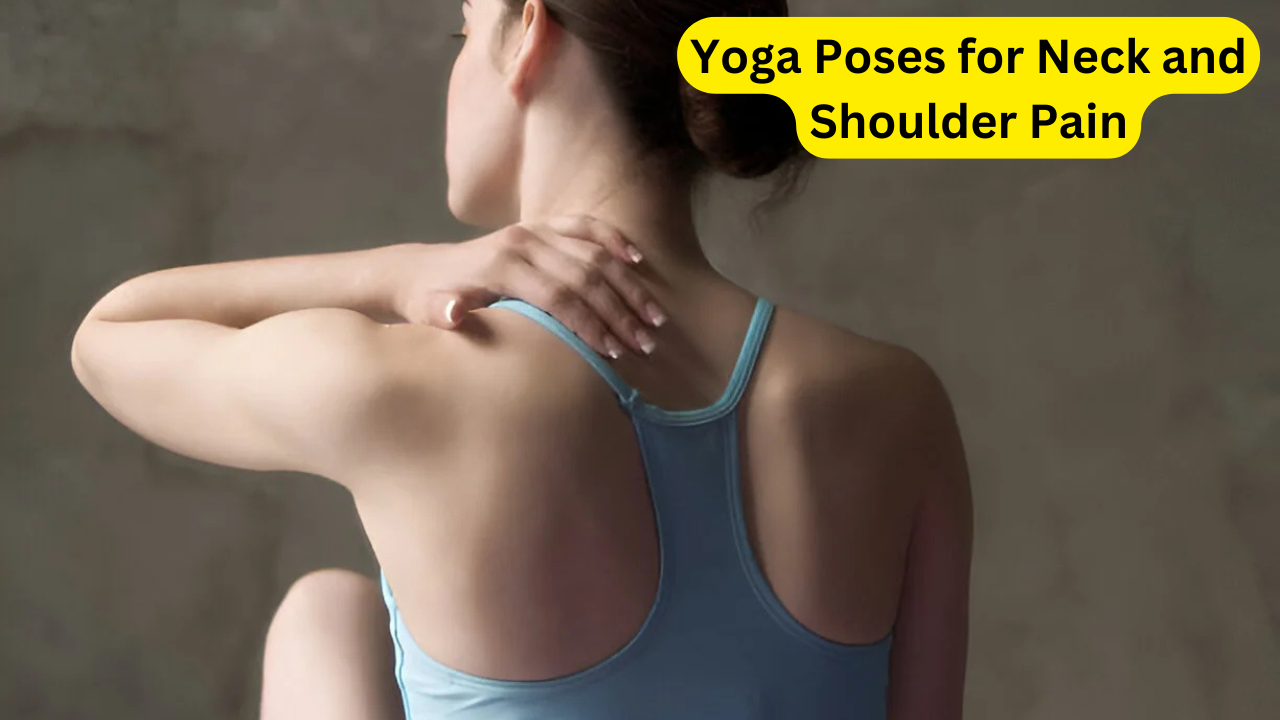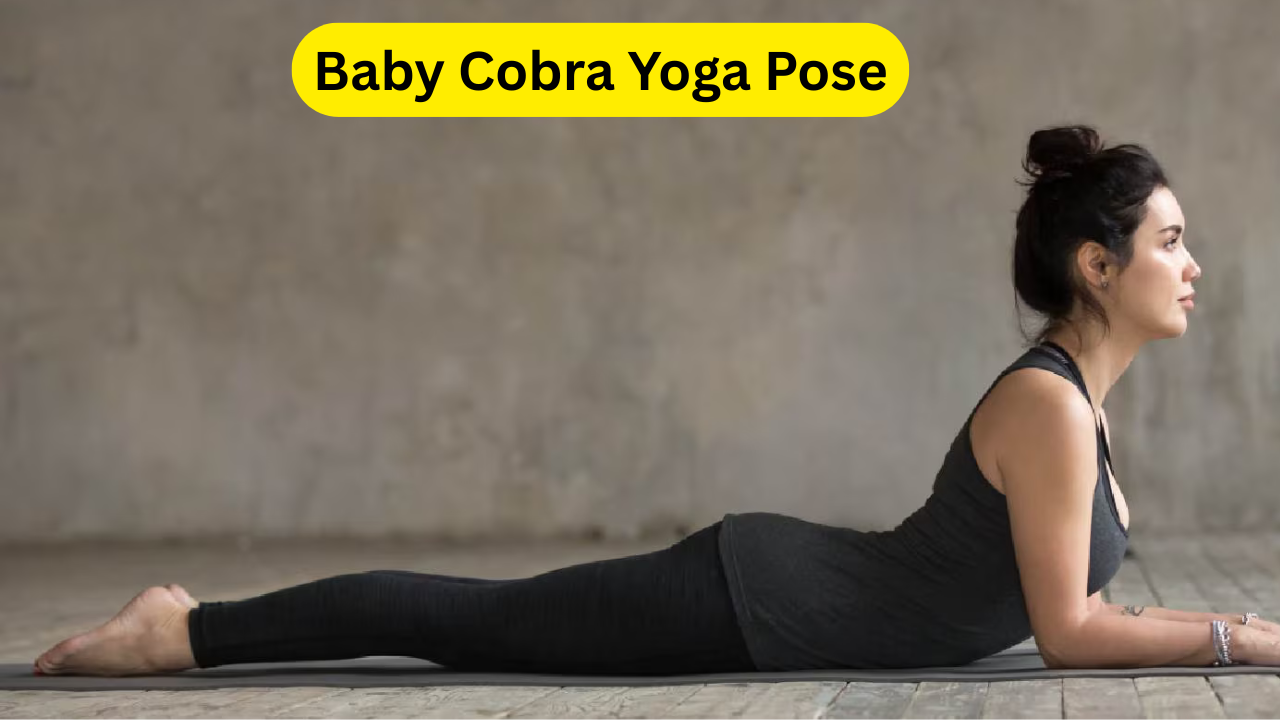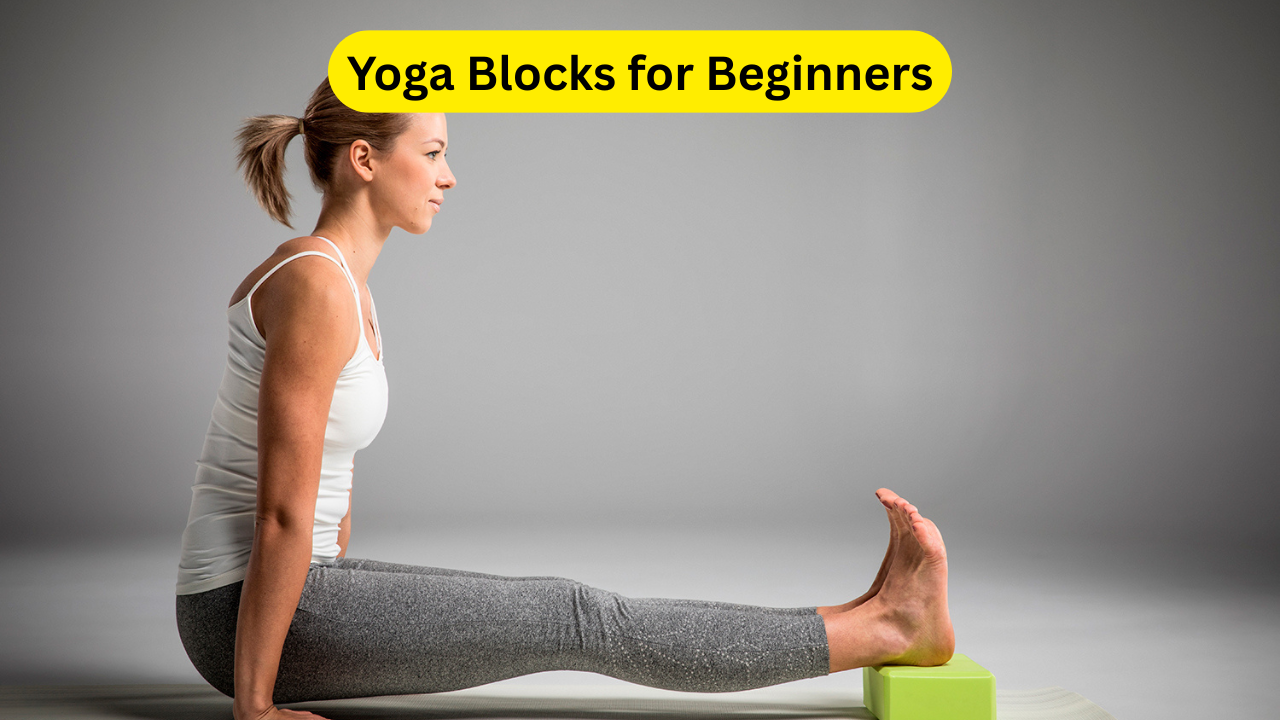Yoga Poses for Neck and Shoulder Pain: Neck and shoulder pain has become a prevalent issue in today’s digital age, where prolonged screen time, sedentary lifestyles, and stress contribute significantly to muscle stiffness and discomfort. Many individuals experience tightness, soreness, or even chronic pain due to poor posture, repetitive movements, and stress-induced tension. While painkillers and massages may offer temporary relief, adopting a natural and holistic approach like yoga can provide long-term benefits. Yoga not only helps alleviate pain but also strengthens and relaxes the muscles, promoting better posture and flexibility.
The ancient practice of yoga is known for its ability to improve both physical and mental well-being. Through mindful stretching, controlled breathing, and relaxation techniques, yoga effectively targets the root causes of neck and shoulder pain. By incorporating specific yoga poses into a daily routine, individuals can experience reduced stiffness, increased blood circulation, and overall improved mobility. These poses help in releasing trapped tension, elongating the spine, and stabilizing the neck and shoulders. Moreover, regular practice of yoga fosters mental relaxation, reducing stress levels and preventing pain recurrence.
Understanding the underlying causes of neck and shoulder pain is essential before attempting to alleviate it. Poor posture, such as hunching over desks or mobile devices, can cause misalignment in the spine, straining the muscles and leading to discomfort. Additionally, stress and anxiety often result in involuntary muscle contraction, creating knots and tightness in the shoulder area. Injuries, lack of movement, and improper sleeping positions can also contribute to stiffness and pain. By practicing yoga, individuals can counteract these effects, achieving a balance between flexibility and strength while fostering relaxation and healing.
Click here: Sarvangasana Yoga: Benefits, Steps, and Detailed Insights
Understanding Neck and Shoulder Pain
Common Causes of Neck and Shoulder Pain
- Poor Posture: Prolonged sitting, especially with incorrect alignment, puts excessive strain on the neck and shoulders, leading to muscle fatigue and pain.
- Muscle Tension: Stress and anxiety can result in involuntary muscle tightness, causing discomfort and stiffness in the neck and shoulders.
- Sedentary Lifestyle: Lack of movement leads to reduced flexibility and weak muscles, making them prone to strain.
- Repetitive Movements: Activities that involve repetitive use of the arms, such as typing or lifting, can create imbalances and tension.
- Injuries: Past injuries, whiplash, or sudden jerks can lead to chronic pain and restricted movement.
- Sleeping Position: Poor sleeping posture or using an unsupportive pillow can strain the neck and shoulder muscles overnight.
Best Yoga Poses for Neck and Shoulder Pain
1. Cat-Cow Stretch (Marjaryasana-Bitilasana)
How to Do It:
- Start in a tabletop position with hands under shoulders and knees under hips.
- Inhale, drop the belly, lift the chest, and gaze up (Cow Pose).
- Exhale, round the back, tuck the chin, and draw the belly inward (Cat Pose).
- Repeat 10 times.
Benefits:
- Increases flexibility in the spine and neck.
- Relieves tension and stiffness in the shoulders.
- Improves posture and circulation.
2. Child’s Pose (Balasana)
How to Do It:
- Kneel on the mat, sit back on the heels, and extend arms forward.
- Rest the forehead on the mat and relax the shoulders.
- Hold for 30 seconds to 1 minute.
Benefits:
- Gently stretches the spine, shoulders, and neck.
- Promotes relaxation and reduces stress.
- Eases tension in the upper body.
3. Thread the Needle Pose
How to Do It:
- Start in a tabletop position.
- Slide the right arm under the left arm, resting the right shoulder and cheek on the mat.
- Hold for 30 seconds and switch sides.
Benefits:
- Releases tension in the shoulders and upper back.
- Enhances spinal mobility and flexibility.

4. Ear-to-Shoulder Stretch
How to Do It:
- Sit or stand with a straight spine.
- Gently tilt the head to one side, bringing the ear towards the shoulder.
- Hold for 20-30 seconds and switch sides.
Benefits:
- Loosens tight neck muscles.
- Improves range of motion.
5. Downward-Facing Dog (Adho Mukha Svanasana)
How to Do It:
- Begin in a tabletop position.
- Lift hips towards the ceiling, straightening legs and arms.
- Keep head relaxed between the arms.
- Hold for 30 seconds to 1 minute.
Benefits:
- Strengthens and stretches the shoulders and neck.
- Enhances blood circulation.
Additional Tips for Neck and Shoulder Health
- Maintain Proper Posture: Keep your spine aligned while sitting or standing.
- Take Frequent Breaks: Avoid prolonged screen time without stretching.
- Practice Mindfulness: Reduce stress through meditation and deep breathing.
- Use Ergonomic Support: Ensure your workspace supports good posture.
Also read: 2025 Suzuki Mehran: A New Era of Affordability and Performance
Yoga Poses for Neck and Shoulder Pain Conclusion
Yoga offers a natural and effective way to combat neck and shoulder pain by addressing the root causes and providing long-term relief. Through consistent practice, individuals can experience improved posture, increased flexibility, and reduced stress levels, all of which contribute to overall well-being.
Beyond physical benefits, yoga also enhances mental clarity and emotional resilience, making it a holistic approach to health. By fostering mindfulness and body awareness, yoga encourages individuals to be more conscious of their posture and movement patterns, reducing the likelihood of developing chronic pain. Additionally, controlled breathing techniques used in yoga help calm the nervous system, further easing tension and promoting relaxation.
Incorporating yoga into daily life doesn’t require a significant time commitment. Even 10-15 minutes of targeted stretches can yield noticeable improvements in flexibility and pain relief. For those experiencing severe or persistent pain, consulting a healthcare professional alongside yoga practice is advisable to rule out any underlying medical conditions.
Ultimately, yoga serves as a powerful tool for self-care, empowering individuals to take charge of their physical and mental health. By dedicating time to these gentle yet effective exercises, anyone can cultivate a pain-free, flexible, and stress-free life.
Yoga Poses for Neck and Shoulder Pain FAQs
1. How often should I practice yoga for neck and shoulder pain?
Practicing yoga at least 3-4 times a week can yield significant improvements. Daily practice, even for a few minutes, is ideal for long-term relief and flexibility.
2. Can yoga completely cure neck and shoulder pain?
Yoga helps alleviate pain, improve posture, and reduce stress-related tension, but chronic conditions may require additional medical treatment.
3. Are there any precautions to take while doing yoga for neck pain?
Avoid overstraining the neck, maintain proper alignment, and perform each pose gently. If pain worsens, consult a healthcare professional.
4. Can beginners practice these yoga poses?
Yes, these poses are beginner-friendly and can be modified based on individual flexibility levels.
5. How long does it take to see results from yoga for neck and shoulder pain?
Results vary, but many people experience relief within a few sessions. Consistency is key for long-term benefits.







